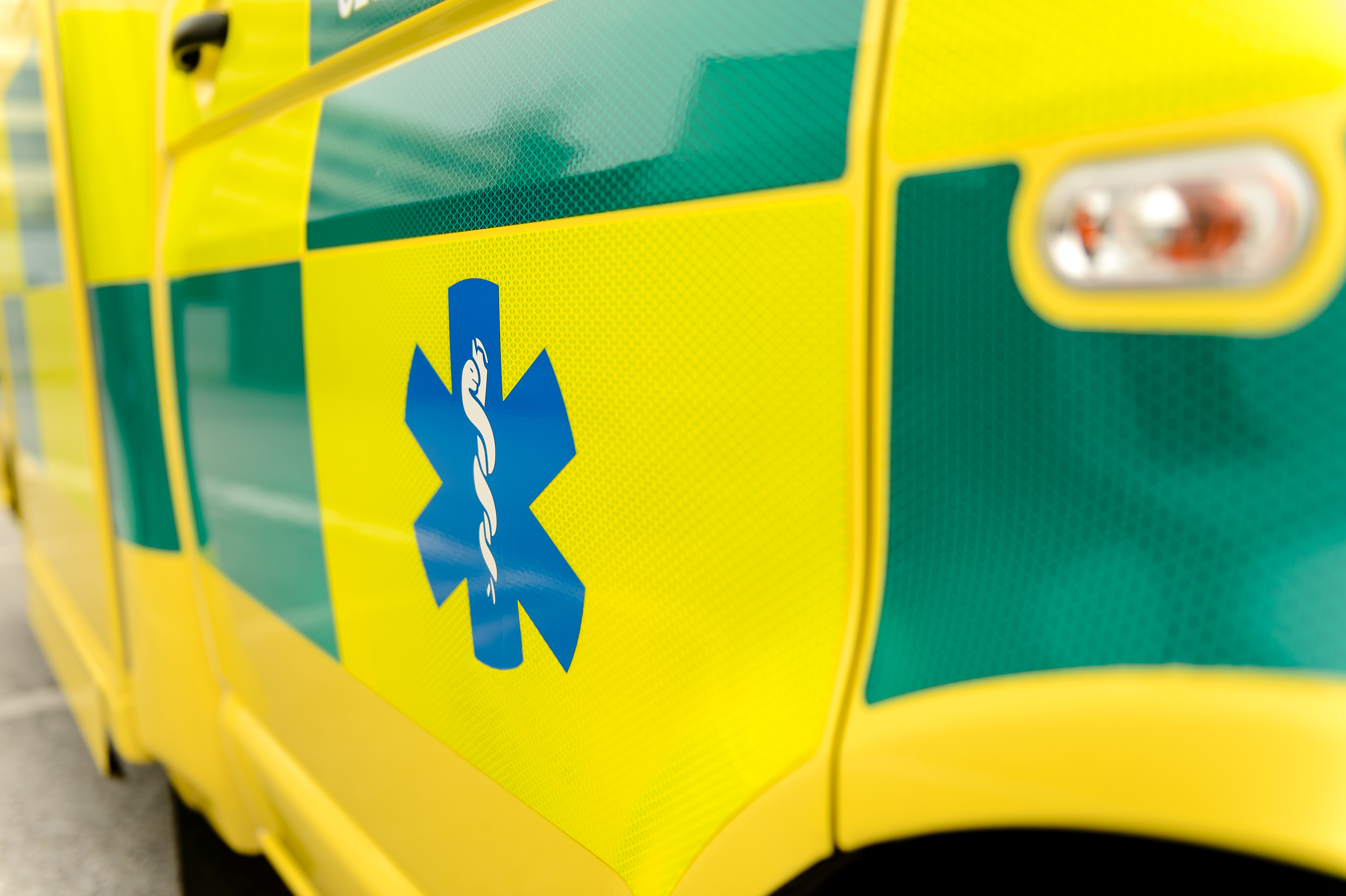The Shock and Resuscitation Module is presented as part of the traditional one (1) term emergency medical technician (EMT) course. This is the fifth of several modules that are included in the EMT certificate program. In this presentation the shock and resuscitation module is recommended to be completed over a one (1) week period with no additional time reserved for practical skills verification testing in a lab setting.
The following chapters will be covered within the Shock and Resuscitation Module for Emergency Medical Technician. Students should note that this is a blended online program. All facets of the lecture, review activities, knowledge checks, and in some cases, practical skills which are filmed and uploaded into the system, are completed there and graded. All online requirements must be completed before students may attend the lab sessions.
T
| Term | Location | Dates | APPLY |
|---|---|---|---|
|
First Term |
On-Line |
January thru March EMT Shock Module 1 week course |
CLICK TO APPLY |
|
Second Term |
On-Line |
April thru June EMT Shock Module 1 week course |
CLICK TO APPLY |
|
Third Term |
On-Line |
July thru September EMT Shock Module 1 week course |
CLICK TO APPLY |
|
Fourth Term |
On-Line |
October thru December EMT Shock Module 1 week course |
CLICK TO APPLY |

Learn the basic physiological reasons behind why patients go into shock or hypoperfussion and what EMTs can do to treat signs and symptoms.
This course highlights the basic knowledge and skills necessary for individuals who wish to obtain state or national certification as an Emergency Medical Technician and adheres to the 2009 National EMS Education Standards which are based on the National EMS Core Content and the National EMS Scope of Practice that define the minimal entry-level educational competencies for each level of EMS training and has replaced the DOT National Standards curricula used in the past.
The shock and resuscitation module familiarizes the emergency medical technician candidate with the basics of hypoperfusion and the signs and symptoms associated with it. Students will learn how to treat this condition and the physiology behind it. Students will also learn basic life support CPR/AED skills as part of their resuscitation efforts with patients of all ages.